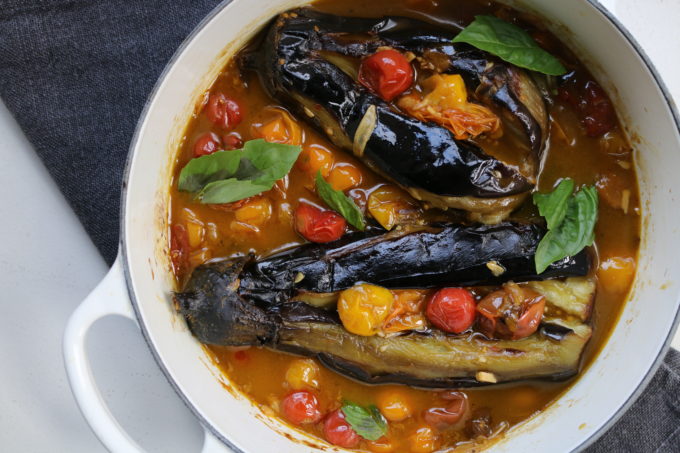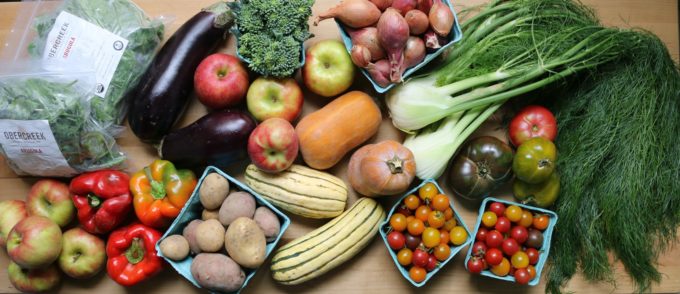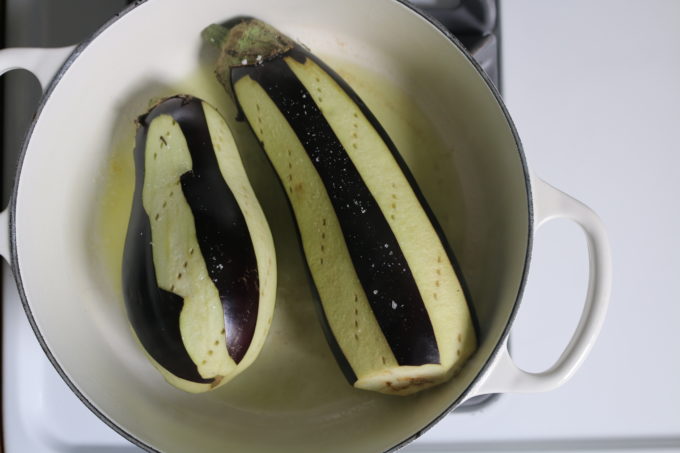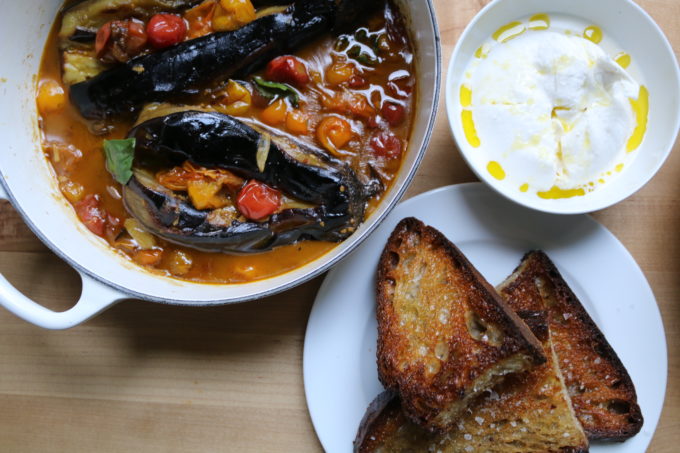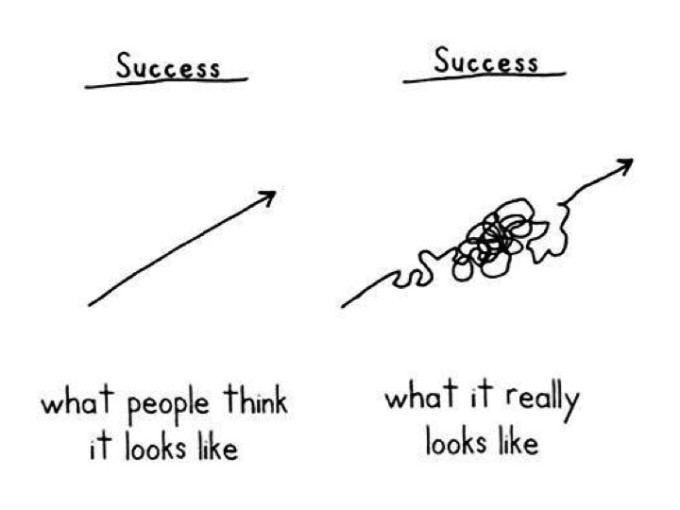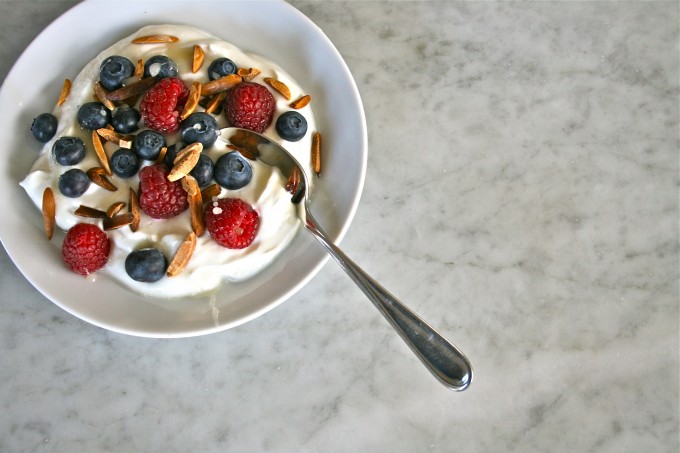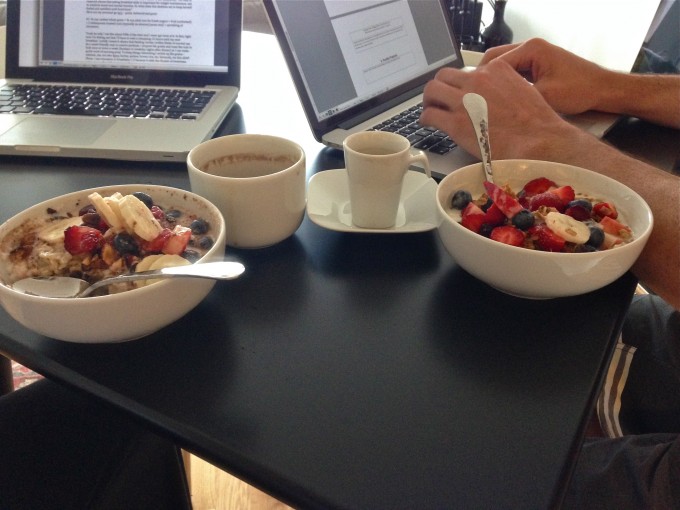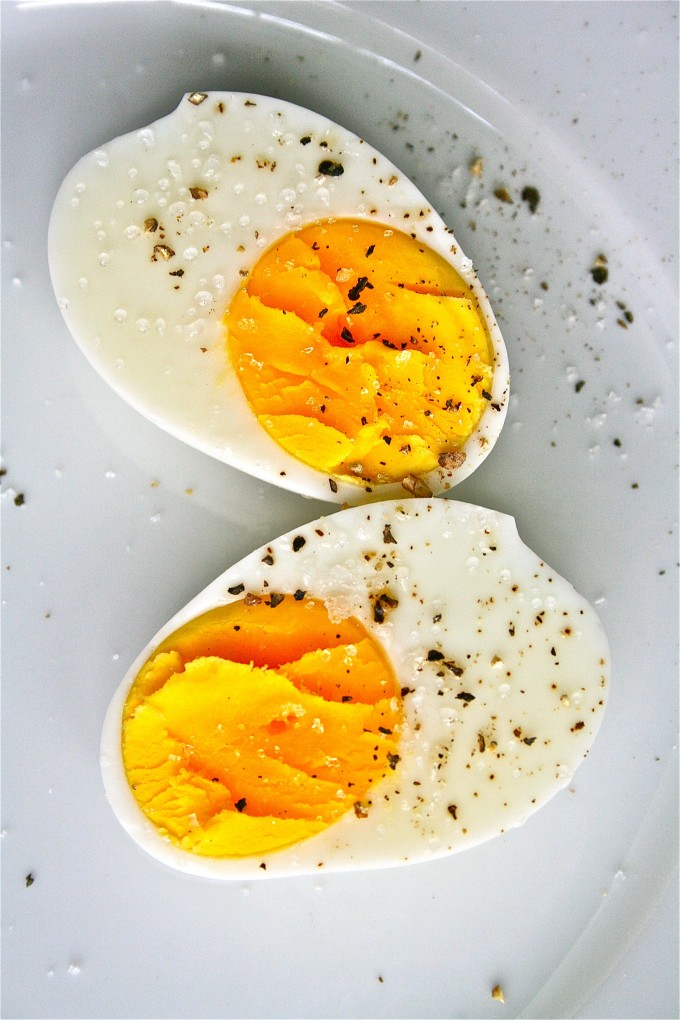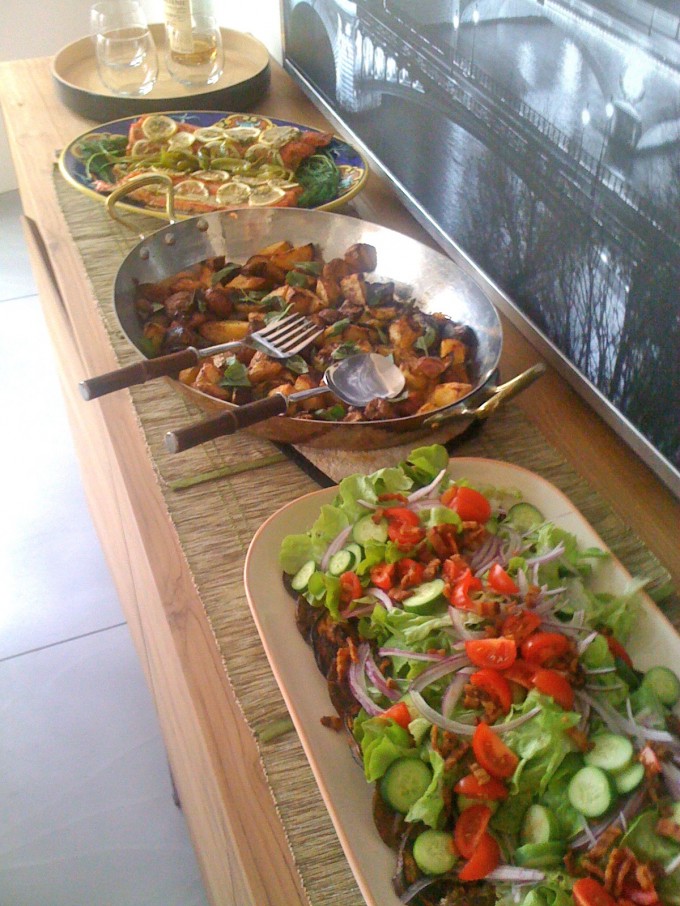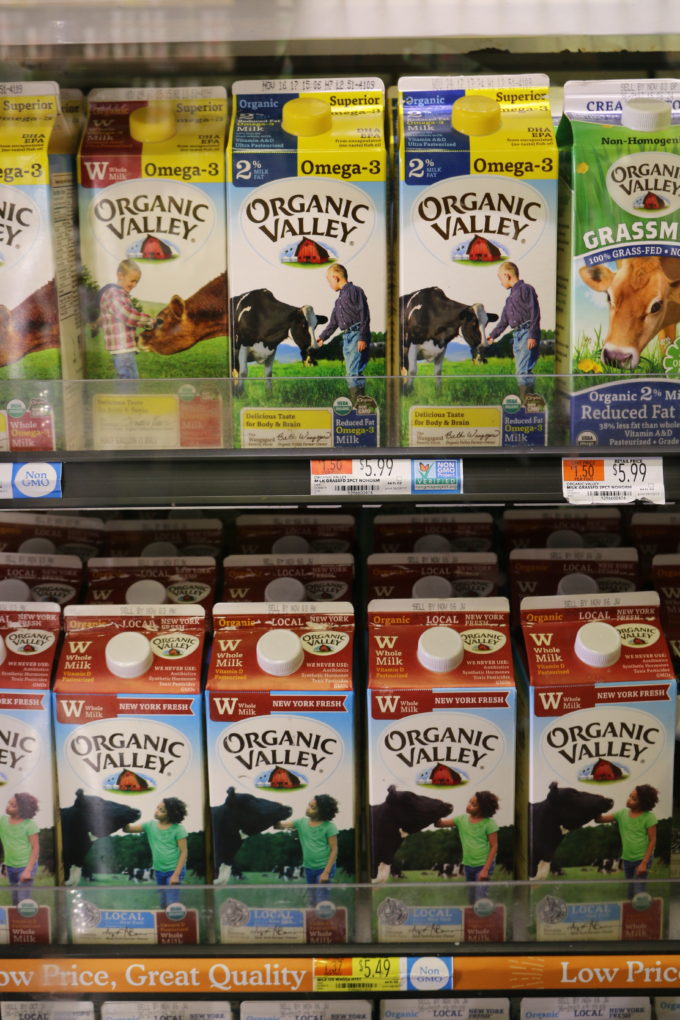
When I worked as a primary care dietitian, not a day passed without me recommending the substitution of low-fat or nonfat dairy products for their full-fat counterparts. Whether I was seeing someone with heart disease or high cholesterol, obesity or diabetes, choosing low-fat/nonfat dairy was a no-brainer. However, a growing body of evidence suggests this recommendation may be at best ineffective, and at worst counterproductive.
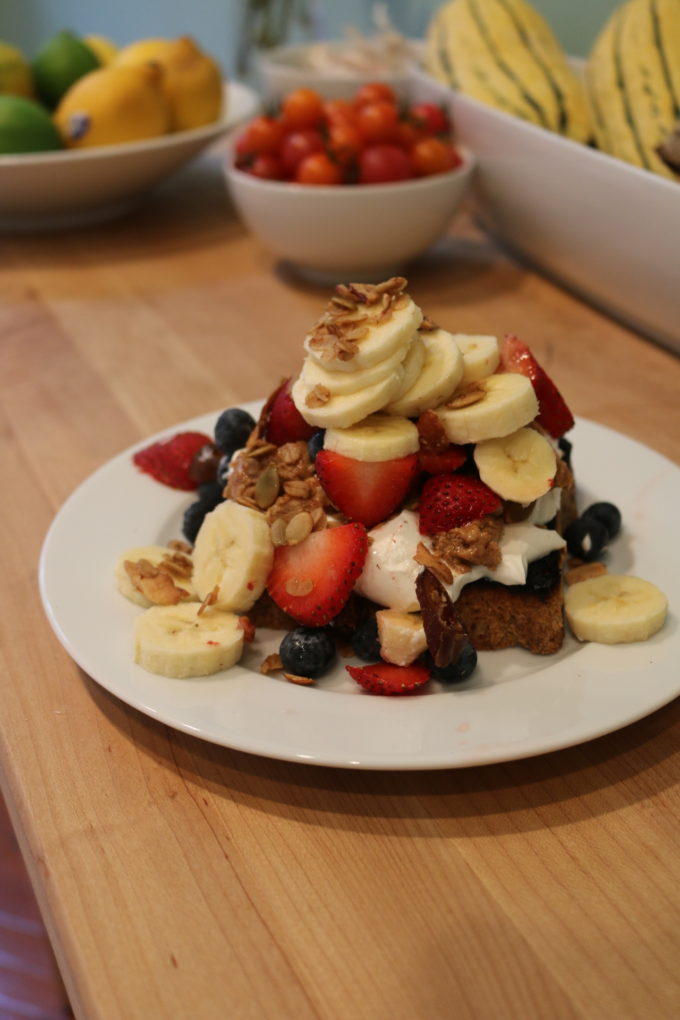
There were two main reasons the medical field touted the superiority of low-fat dairy for so long:
- Saturated fat has long been associated with high cholesterol and heart disease. Full fat dairy is higher in saturated fat than low-fat/nonfat dairy.
- Low calorie diets are associated with healthy weight management. Full fat dairy is higher in calories than low-fat/nonfat dairy.
What’s changed? The short answer is nutrition science itself. Until recently, nutrition science has focused on isolated nutrients instead of actual foods.
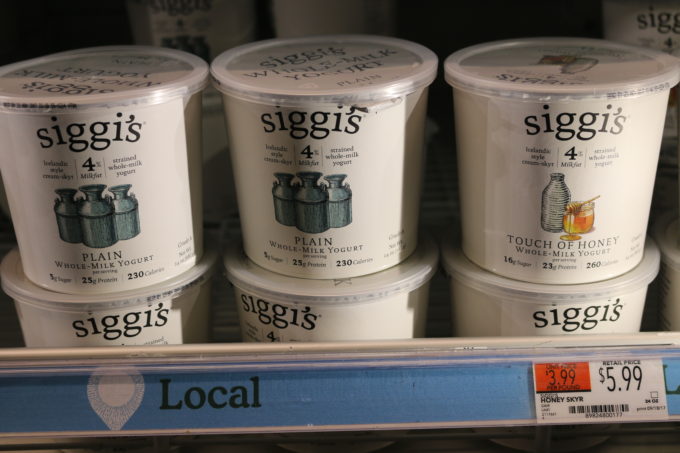
In the case of saturated fat and heart disease, science looked at the effect of saturated fat overall. It did not distinguish whether it came from animal fat (think the fatty gristle on a t-bone steak), dairy fat (think whole milk) or vegetable fat (think coconut oil). All foods have unique fatty acid profiles, each of which may have different metabolic effects. Even a food group’s subsets, like milk, yogurt, cheese and butter, which all fall under the dairy umbrella, have different profiles and different effects. When the full fat dairy group is teased out from the other saturated fat sources, it does not appear to be significantly related to risk of heart disease.
In the case of calories and weight control, science has long held that a calorie, is a calorie, is a calorie. Fat has more calories per gram than protein and carbohydrates (9 calories per gram versus 4 calories per gram), so therefore reducing calories by choosing lower fat alternatives was thought to aid in weight management. However, new research indicates that full fat dairy is associated with improved weight control. While the reason isn’t fully understood, one hypothesis is that full fat dairy is more filling than low-fat/non fat dairy alternatives, so those who consume the latter compensate by eating more calories (most often from refined carbohydrates) later on.
So, what’s a dairy eater to do? Here are my recommendations:
- Enjoy full fat versions of the dairy you currently consume if you’d like. Three servings of dairy is great. That could be one cup whole Greek yogurt for breakfast, a small whole milk cappuccino midmorning and an ounce or two of cheese crumbled atop a salad for dinner.
- Fermented plain full fat dairy like yogurt and kefir seems to be the most beneficial of all full fat dairy products, so extra points for regularly including these foods in your diet.
- Limit low-fat/nonfat and full fat dairy with added sugars or sugar substitutes.
- The bulk of your diet should be vegetables and fruit (at least half), whole grains, nuts and seeds, legumes and other lean proteins like fish and eggs. These foods are indisputably good for you.
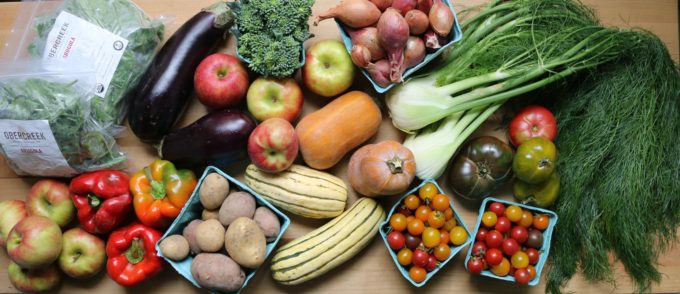
One final note. Nutrition science is so young. The direction of research today indicates that full fat dairy isn’t the no-no we once thought it was but that doesn’t mean we should accept this as indisputable fact for life. Nutrition science will continue to evolve so it’s important to be open to new developments but at the same time be skeptical about where your information is coming from. As Dr. David Katz, Director of Yale University’s Yale-Griffin Prevention Research Center, says:
“It is the least substantiated, most uninformed opinions about how to eat that will come at you with the greatest conviction. That’s your first clue that something is awry, because true expertise always allows for doubt.”
xo Laura
